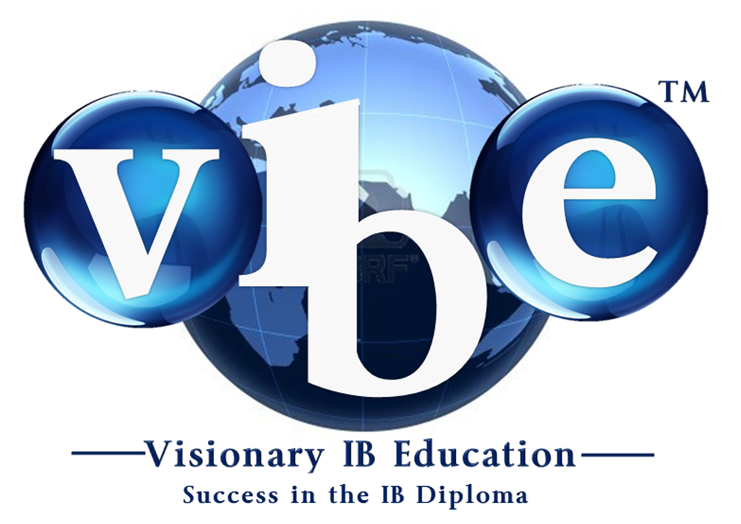IB Business Management:
|
|
|
The IB Business Management Human Resources unit covers the following topics:
|
Human Resource ManagementHuman Resource Management (HRM) refers to the management function of using and developing people within a business in order to meet the objectives of the organisation. This will entail interrelated roles, including:
|
The goals of Human Resource Management should be inherently integrated with the organisational objectives of the business, but may include:
|
motivation is an HRM issue |
Leadership is an HRM issue |
|
|
Human Resources is more than HRMThe IB Business Management course Human Resources topic aims to give the student a good overview of:
|





